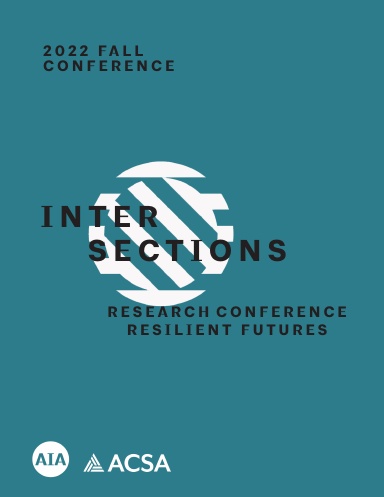Author(s): Adele Houghton
Buildings are critical to both sides of the climate crisis. They are both major contributors to global greenhouse gas (GHG) emissions and the primary place of refuge for occupants when climate-fueled disasters strike. Recent research into the public health effects of climate change emphasizes the importance of taking a co-benefits approach to interventions precisely because of the interrelated nature of the causes and consequences of climate change. What is needed is a systematic method for translating research on the health effects of climate change and other public health priorities like chronic disease into actionable design strategies that are tailored to the environmental exposures and population health needs of a specific building project. The conceptual model for a new, transdisciplinary subfield called architectural epidemiology presents building design and facility operations as mediators between the built environment determinants of health and population health outcomes (both positive and negative). While the public health literature is accumulating an increasingly robust body of evidence on the ways in which the built environment mediates exposure to extreme heat, flooding, natural disasters, air pollution, and vector-borne diseases, research on which design and operations strategies are most protective in the face of these events is sparse. Similarly, epidemiological studies on the links between building design and community health priorities like asthma, mental health, obesity, heart disease, and cancer seek to explain disparities in disease prevalence and health outcomes, but fall short of providing actionable information to designers. This paper uses the architectural epidemiology conceptual framework to map out how current epidemiological and architectural research complement each other. It also identifies research gaps in both fields and proposes a transdisciplinary research agenda.
https://doi.org/10.35483/ACSA.AIA.Inter.22.9
Volume Editors
Gail Napell & Stephen Mueller
ISBN
978-1-944214-42-13

 Study Architecture
Study Architecture  ProPEL
ProPEL 
